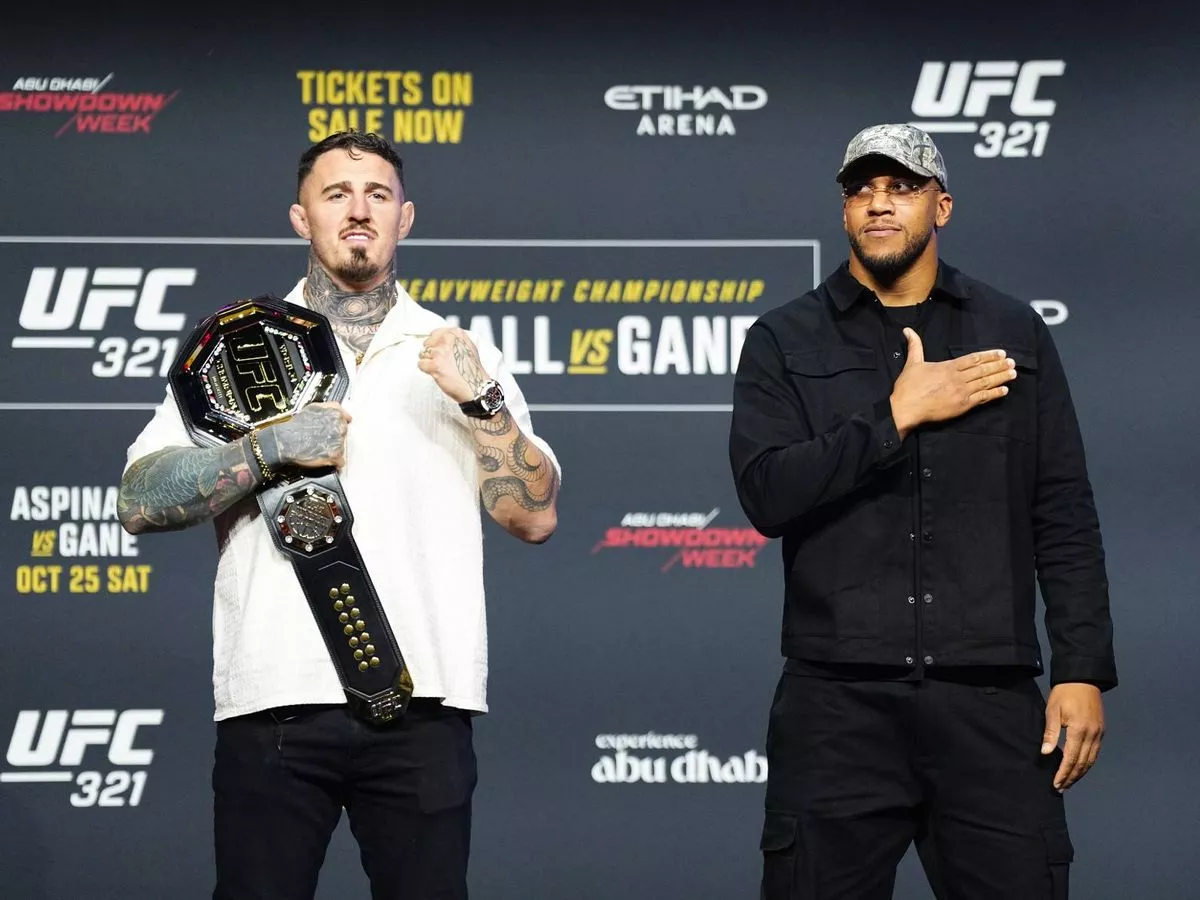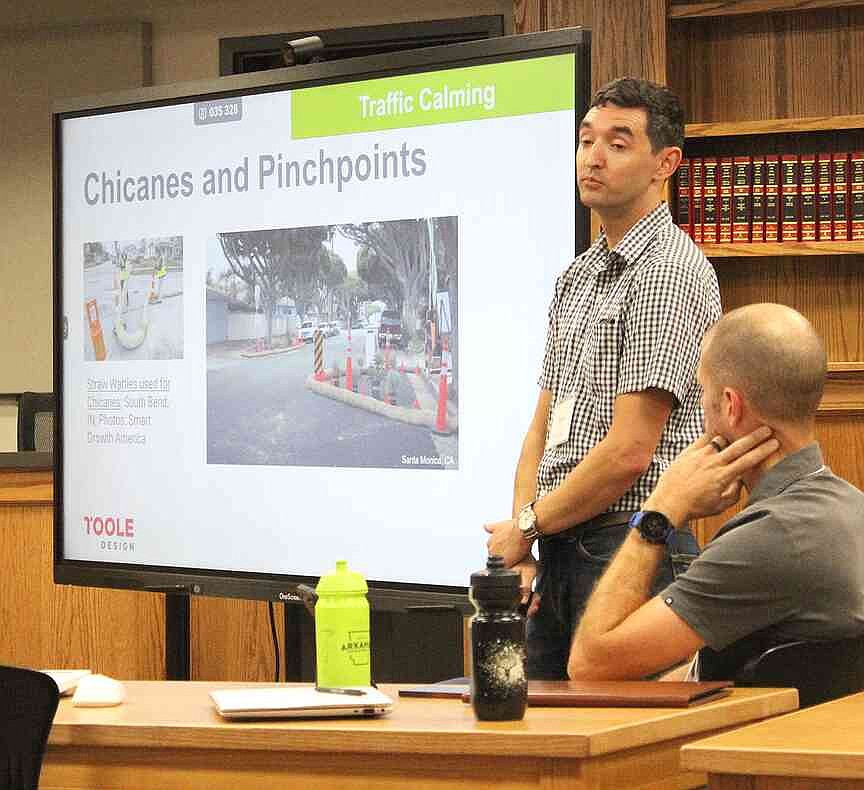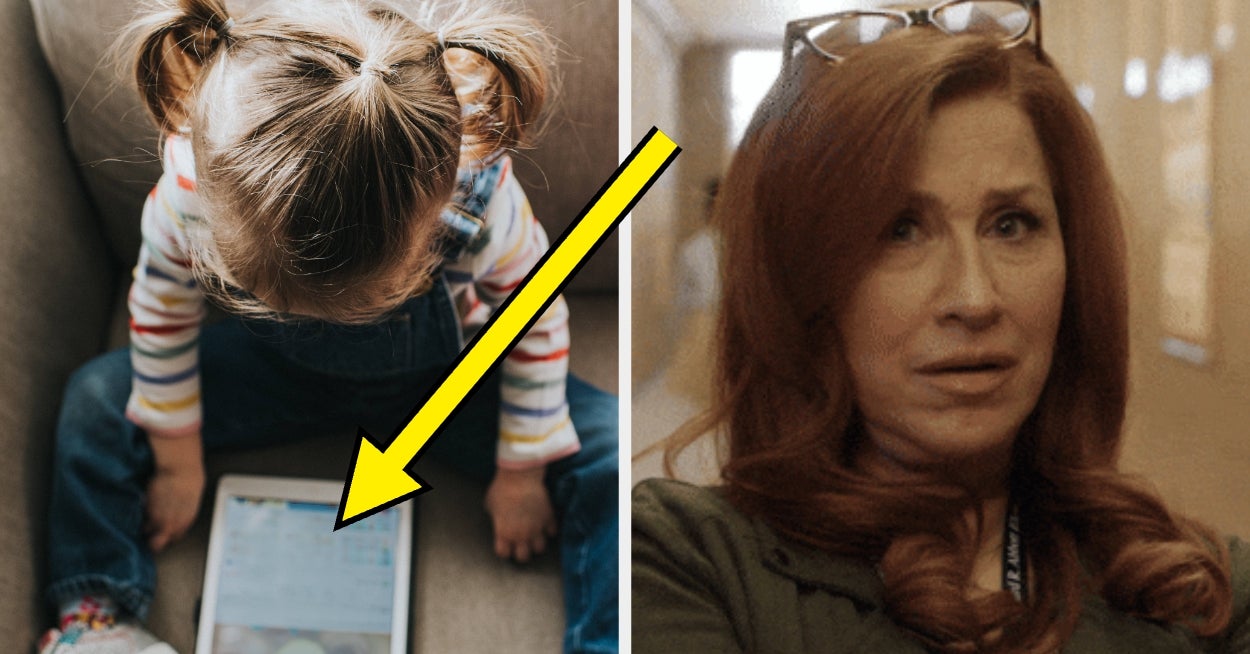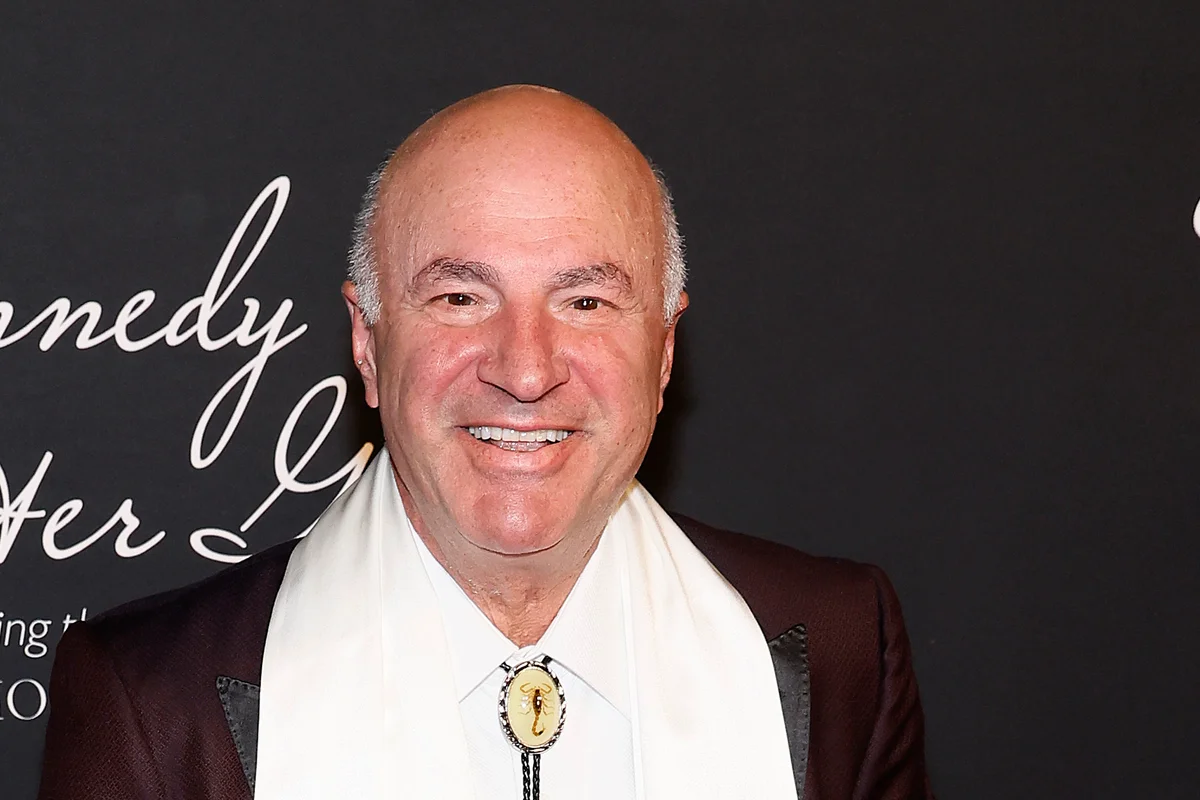Copyright GOLF.com
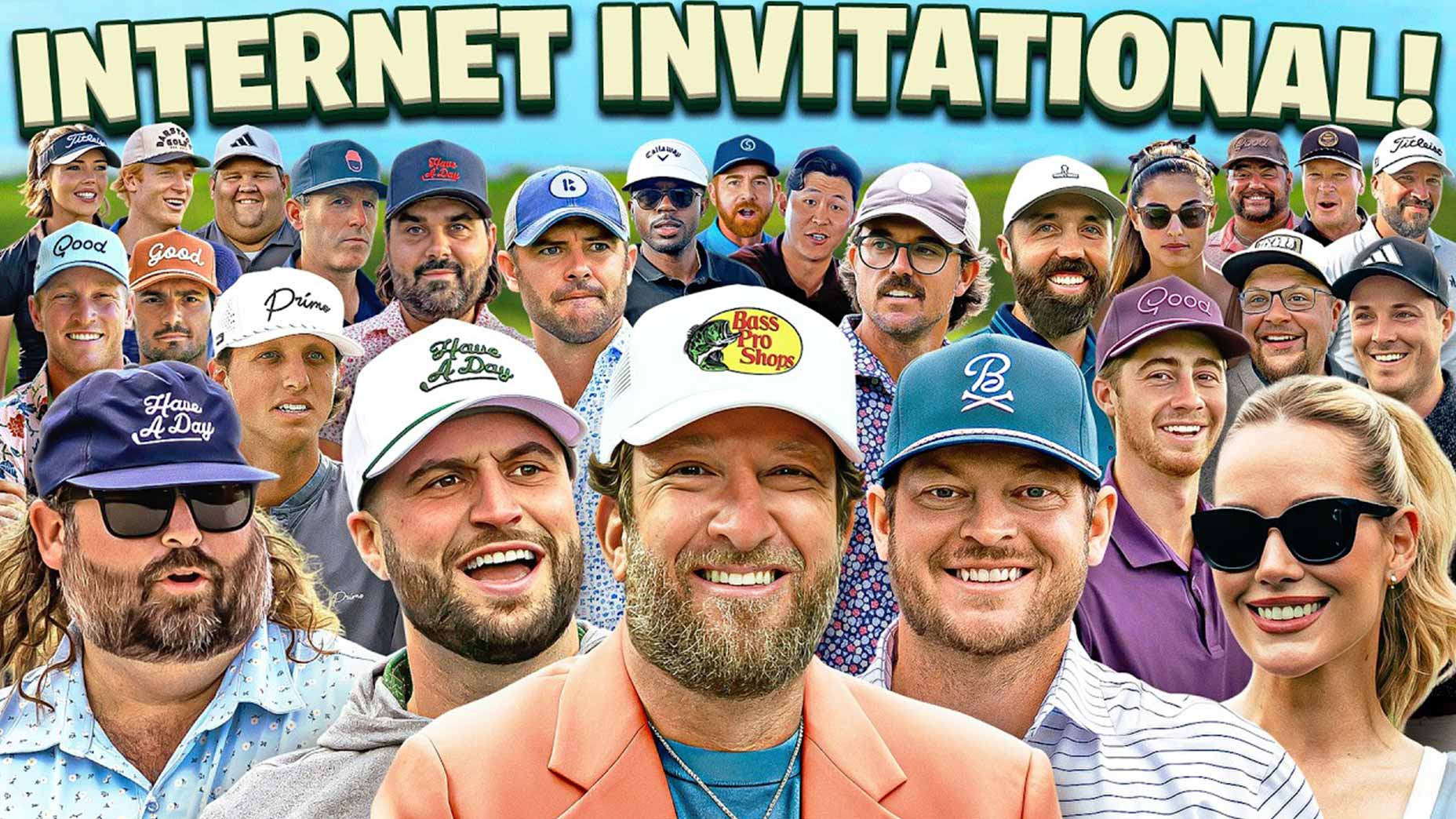
Once upon a time, a group of successful golfers realized they would be better off pooling their skills together, maximizing their exposure to sponsor money and building a reliable, nationwide brand supported by (comparatively) large tournament prizes. After some squabbles, they settled on a name, a format and a revenue-sharing agreement. Thus, the PGA Tour was born. Sixty years later, golf fans of a different variety watched as a new all-star collection of golfers came together to maximize exposure and compete for a large prize. They were not players but influencers, competing in Barstool’s “Internet Invitational” — a six-part, hours-long bonanza featuring 48 golfers competing for the chance at $1 million. Their medium of choice was YouTube, but the thrust of their video wasn’t entirely counting birdies and bogeys. Participation in the event was one part golf competition, one part reality TV series, and several parts performing for the camera. Immediately, this group of influencers found that their pooled skills were at least comparably successful to the sum of their parts — generating nearly 2 million views in under 24 hours and seizing a stranglehold on the golf discourse in the midst of an otherwise quiet week on the calendar. It did not take long for this collection of YouTubers to find that golf fans of all ages and backgrounds were at least willing to give them a shot, or for golf fans to realize they might wind up entertained. All of it raised a question that seemed outlandish until quite recently: When it came to bringing together the best influencers in golf regularly, was Barstool onto something? These are strange times in the world of sports. Leagues continue to act like media companies and media companies continue to act like leagues, a closing loop that has blurred lines at events like the Internet Invitational and the PGA Tour’s forthcoming Good Good Championship. Those who put on golf tournaments are now responsible for YouTube highlights and social media commentary, while those who make YouTube highlights and social media commentary are now responsible for … competing in golf tournaments. The golden goose undercutting it all is the currency of our time: Attention. Attention serves as the conduit between consumers and products, and it is a diminishing asset in a world saturated with distractions. Everybody in the sports world — from big tech to big football to Big Cat — is in the game of attention. Those who can reliably attract attention can attract advertising, and those who can attract advertising can attract money. Barstool is under no illusions about coalescing the entirety of golf’s internet talent in one place on a permanent (or touring) basis. And of course, even if Barstool were under any illusions about creating an Influencer Tour, it’s unlikely they would ever generate enough business to consider the PGA Tour or LIV a legitimate competitor. But the strangest lesson from the Internet Invitational is that, at least in terms of attention, the gap between the influencers and the pros isn’t nearly as wide as it seems. Of course, that’s not to say that the businesses are comparable, or that the influencers are leaving money on the table by retaining their own YouTube fiefdoms with occasional cross-appearances for the purposes of audience growth. It is merely to say that, in all likelihood, the week’s most compelling golf tournament will take place entirely on the internet, featuring a field composed of zero full-time professional golfers, playing for a prize fund not much smaller than a typical PGA Tour event. In the world of democratized distribution through social media platforms like YouTube, it’s not hard to see a world where this format proves repeatable … and profitable. In the end, the next several days are likely to reveal the ways in which the Internet Invitational can’t compare with a traditional golf competition. The play will be mostly average, the drama will be somewhat contrived, and the people on camera will play to those cameras, fully aware of the game they’re playing. But it can compete in the way that matters most: People will pay attention. Glorious, valuable attention. There’s money to be made that way. Lots of it. You can watch the first Internet Invitational video below.
